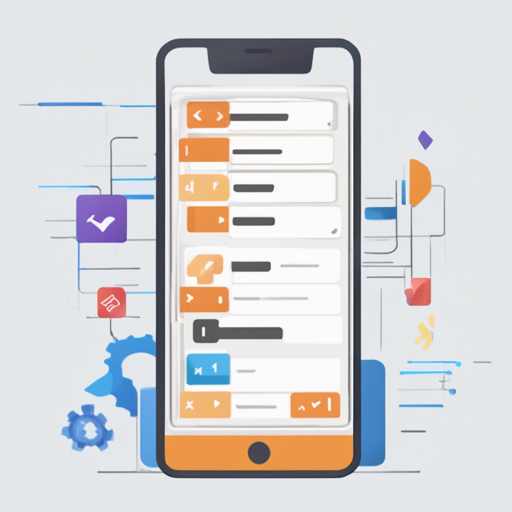If you’re looking to render HTML content within your Flutter application, the flutter_html package is a fantastic tool to help you do just that! This versatile package enables you to transform HTML and CSS into Flutter widgets seamlessly. In this guide, we’ll take a deep dive into how to use flutter_html efficiently, along with troubleshooting tips that make your development journey smoother.
Getting Started with flutter_html
First things first, you’ll need to add the flutter_html package to your project. Update your pubspec.yaml file:
dependencies:
flutter_html: ^2.1.5Once added, you can start using it in your application. Here’s a simple example:
Widget build(BuildContext context) {
return Html(
data: """
Hello, World!
flutter_html supports a variety of HTML and CSS tags and attributes.
""",
);
}Understanding the Code
The snippet above is like a chef mixing ingredients to create a delicious dish. Here’s the analogy:
- The Html() widget is the pot where you combine all your ingredients (HTML content).
- The data parameter is like the recipe; this tells the pot exactly what to cook up!
- The h1 and p tags are the essential ingredients — defining the structure of your final dish (the UI).
In this context, you’re creating a title and a paragraph, which the flutter_html package will smoothly convert into Flutter widgets for rendering.
Advanced Features
Besides simple HTML rendering, the package offers a plethora of features such as:
- Custom Styles: You can add custom styling using the
styleparameter. - Extensions: Enhance your HTML with additional functionalities via extensions. For example:
extensions: [
TagExtension(
tagsToExtend: 'flutter',
child: const FlutterLogo(),
),
],This allows you to replace specific tags with custom widgets!
Troubleshooting Tips
Here are some troubleshooting ideas to assist you if you encounter issues:
- Check Dependencies: Ensure all external packages required for rendering elements like audio or video are correctly integrated into your project.
- Ensure Proper Syntax: Double-check your HTML syntax within the
dataparameter; malformed HTML can lead to unexpected behaviors. - Debugging: If a specific widget is not rendering, simplify your HTML to isolate the problem.
- For additional assistance, don’t hesitate to check the flutter_html Wiki or file an issue on the GitHub repository.
- For more insights, updates, or to collaborate on AI development projects, stay connected with fxis.ai.
Conclusion
The flutter_html package is an incredibly powerful tool for rendering HTML in your Flutter applications, drastically simplifying the work involved in transforming web content into mobile-friendly formats. By leveraging its extensive features, you can create stunning UIs with minimal effort.
At fxis.ai, we believe that such advancements are crucial for the future of AI, as they enable more comprehensive and effective solutions. Our team is continually exploring new methodologies to push the envelope in artificial intelligence, ensuring that our clients benefit from the latest technological innovations.

